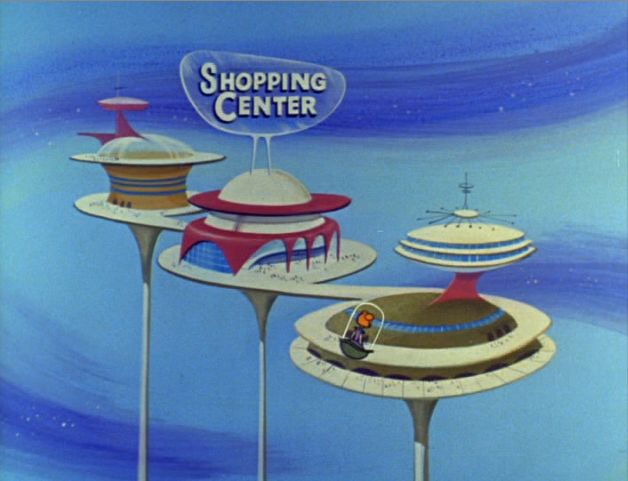The Future Of The Digital Store Is Closer Than You Think
[This is a guest blog post by Rebecca Katz.]
When I tell friends and family I’m researching the future of the digital store, they more often than not conjure up a certain image in their heads: robotic sales associates, augmented reality dressing rooms, holographic advertising displays, and maybe even hovercraft-friendly shopping malls (à la The Jetsons).
And while components of digital stores are absolutely in line with this flashy and quintessentially futuristic vision (Samsung’s virtual fitting room—equipped with 3-D cameras and depth perception software—can virtually drape an article of clothing over a shopper’s reflection, for example), here’s the thing: some of the most revolutionary digital store innovations are actually completely invisible to the customer. In other words, we may not always notice it happening around us, but digital store transformation isn’t some far-off ideal that retail executives are ruminating on from the sidelines. For leading retail organizations, the store of the future is already well underway.
In our new report The Future Of The Digital Store we tackle the role of technology in today's physical shopping experience. The report explores how stores are successfully utilizing digital technology to:
- Create new sources of value for shoppers. Retailers with robust digital store platforms can combine insights from customer relationship management (CRM) and analytics systems with location, time of day, and weather to provide personalized and relevant experiences to customers in real time. Digital tools such as eBay Enterprise’s connected walls make it easy for shoppers to engage with branded content—on their own terms—within the context of their purchase journeys.
- Increase operational agility. Digital store technologies that drive operational efficiencies are easier to measure, and therefore have a clearer return on investment. By operating the store more efficiently, retailers are able to redeploy staff to serve customers in-aisle. Workforce management company Reflexis, for example, constantly optimizes the prioritization of tasks for associates—ensuring that the most profitable or urgent tasks are completed first.
- Educate and empower store associates. Today’s digital tools allow store associates to look up past purchase behavior, uncover fashion trends gathered from social networks, tap into product specs, and access enterprise inventory. Employees armed with mPOS devices have been known to drive double-digit sales through endless aisle functionality.
- Optimize fulfillment capabilities. By leveraging in-store fulfillment technology, digital stores can double as fulfillment centers—driving increased revenue by tapping into inventory across the enterprise to meet demand in any channel. This improves margins by avoiding store-specific markdowns and increases customer satisfaction by enabling eCommerce orders to be fulfilled quickly from local stores.
- Uncover rich customer insights. Retail store analytics offer the promise of generating new insights based on in-store shopping behavior. These capabilities enable other store systems (i.e. task management or beacons) to operate in real time, turning data into actionable insight for both associates and customers. In-store analytics can also be married with web analytics to generate more advanced customer profiles, fueling future marketing and retargeting actions across all touchpoints.
We still have a long ways to go in our digital store transformation, and we expect a steady stream of innovation to continue to occur in regards to the digital store. Until then, please read The Future Of The Digital Store and let us know your thoughts via our Inquiry process.